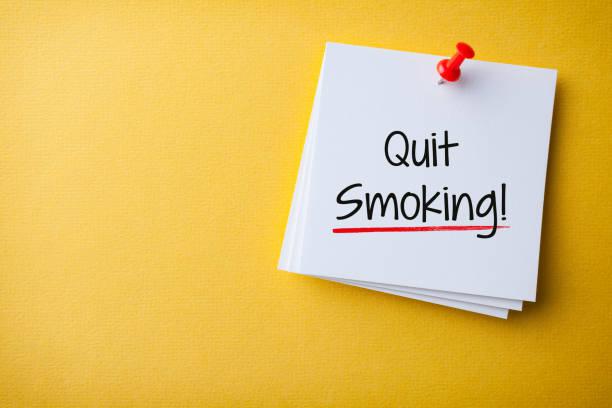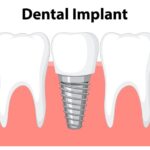Now Reading: The Health Benefits of Quitting Smoking and What to Expect at Every Stage
-
01
The Health Benefits of Quitting Smoking and What to Expect at Every Stage

The Health Benefits of Quitting Smoking and What to Expect at Every Stage
Smoking cessation is perhaps one of the most beneficial things that you can do to your health. It has many associated advantages, varying from the effective decrease of the probabilities of heart diseases to the lowering of versatile sorts of cancer. That’s a more in-depth view of what you’ll be undergoing at every stage of smoking cessation.
Immediate Benefits: The First Few Minutes to Hours
The fact of the matter is that from the moment you decide to quit smoking you begin to heal. Here are some of the immediate benefits:
- 20 Minutes After Quitting:
Your heart rate get back to normal level. This is because now nicotine which acts to increase the rate of the heart is not in your system.
- 12 Hours After Quitting:
The concentration of the carbon monoxide in your blood gets back to normal. Carbon monoxide is a poisonous gas that interferes with amount of haemoglobin that carries oxygen in the blood. Because its levels keep on dropping, your body benefits from increased available oxygen which is considered healthy for the body.
- 24 Hours After Quitting:
You start cutting your risk of a heart attack. This is because after sometime you begin to develop low blood pressure and you feel that circulation is doing its rounds.
Why These Changes Happen
When you take a puff of smoke the nicotine as well as the carbon monoxide get into your blood stream. Nicotine causes the blood vessels to constrict and therefore raises the blood pressure and heartbeat rate Also the carbon monoxide that is inhaled causes the amount of oxygen in the blood to decrease. That way you get rid of these toxic products out of your body, and your body has a chance to start repairing itself immediately.
Short-Term Benefits: Days to Months
So, within the first days and months you will observe a major shift on your health status after quitting the cigarettes.
2-12 Weeks After Quitting: You get better circulation and your lungs are able to work more efficiently. This means that you will experience better circulation of air in the lungs and you will have what it takes to get on with your routines.
1-9 Months After Quitting: I find myself coughing less frequently and having less breathlessness. Your lungs begin to mend and can easily do the normal tasks one has to perform without getting the feeling of breathlessness.
1 Year After Quitting: Your risk of coronary heart disease is about half that of a smoker’s. This is a significant reduction in the risk of heart attacks and other heart-related problems.
Tips to Manage Withdrawal Symptoms
Quitting smoking can be tough, but there are ways to manage the withdrawal symptoms:
Stay Active: Engage in physical activities like walking or light exercise to keep your mind off cravings.
Stay Hydrated: Drink plenty of water and healthy fluids to help flush out nicotine and its byproducts.
Seek Support: Join a support group or talk to friends and family about your decision to quit.
Use Nicotine Replacement Therapy (NRT): NRT can help reduce cravings and withdrawal symptoms.
Long-Term Benefits: Years After Quitting
The benefits of quitting smoking continue to grow as the years pass.
5 Years After Quitting: Your risk of stroke is reduced to that of a nonsmoker. Your risk of getting cancer of the mouth, throat, or esophagus is also cut in half.
10 Years After Quitting: Your risk of dying from lung cancer is about half that of a smoker. Your risk of getting bladder cancer, cervical cancer, or cancer of the larynx, kidney, or pancreas also decreases.
15 Years After Quitting: Your risk of coronary heart disease is the same as that of a nonsmoker. This means you’ve significantly reduced your risk of heart attacks and other heart-related problems.
Final Words
Quitting smoking is a journey with numerous health benefits at every stage. From the immediate drop in heart rate and blood pressure to the long-term reduction in cancer and heart disease risks, quitting smoking is one of the best decisions you can make for your health.




















